Sensors

With growing consumer awareness about food provenance, welfare and the environment, producers are increasingly required to improve productivity while at the same time meet consumer concerns and regulations for animal welfare.
That’s why we embarked on a 2-year collaborative scientific programme to develop a set of new Sensors make poultry and swine farming more productive, smarter and greener.
Working with 4 academic scientific research partners:

Scotlands Rural University College

The University of Nottingham

Newcastle University
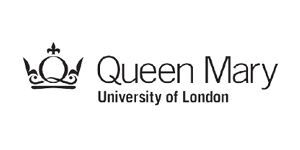
Queen Mary University of London
We have created a platform of integrated sensors, web app and data analytics for monitoring the critical parameters of welfare, productivity and the environment. Through scientific trials we established the 4 key sensors required to provide optimal monitoring of animal welfare and productivity.
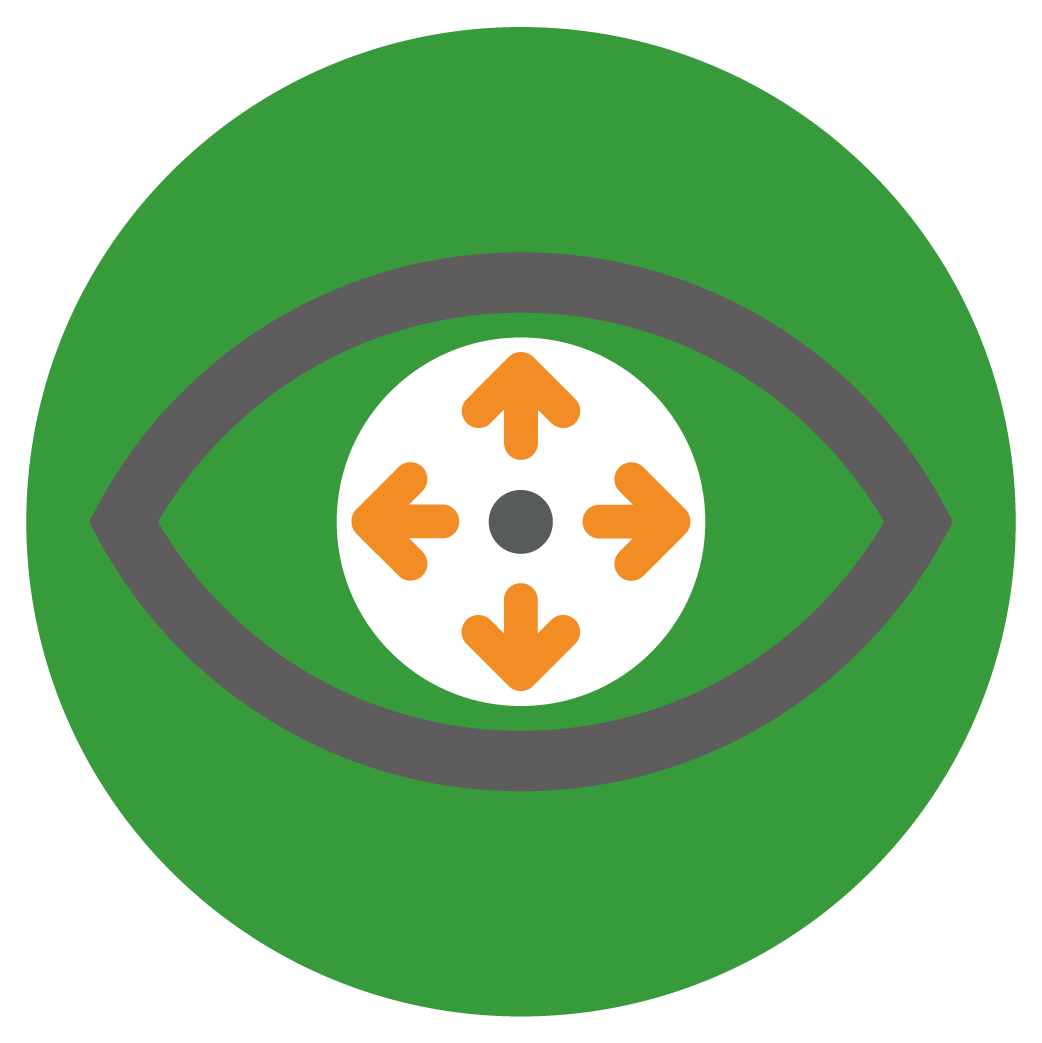
Movement
(thermal imaging)
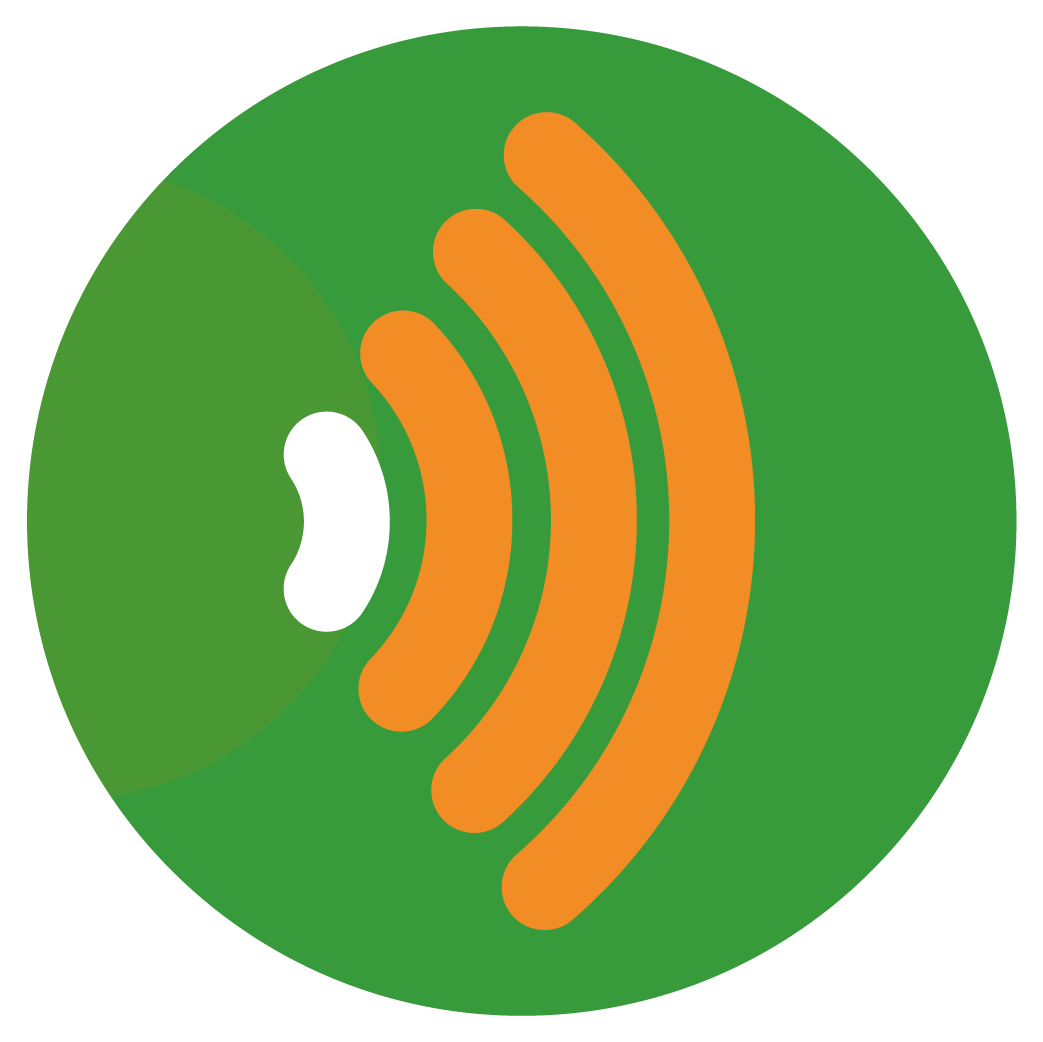
Sound
(acoustic)

Ambient conditions
(humidity, light & temperature)
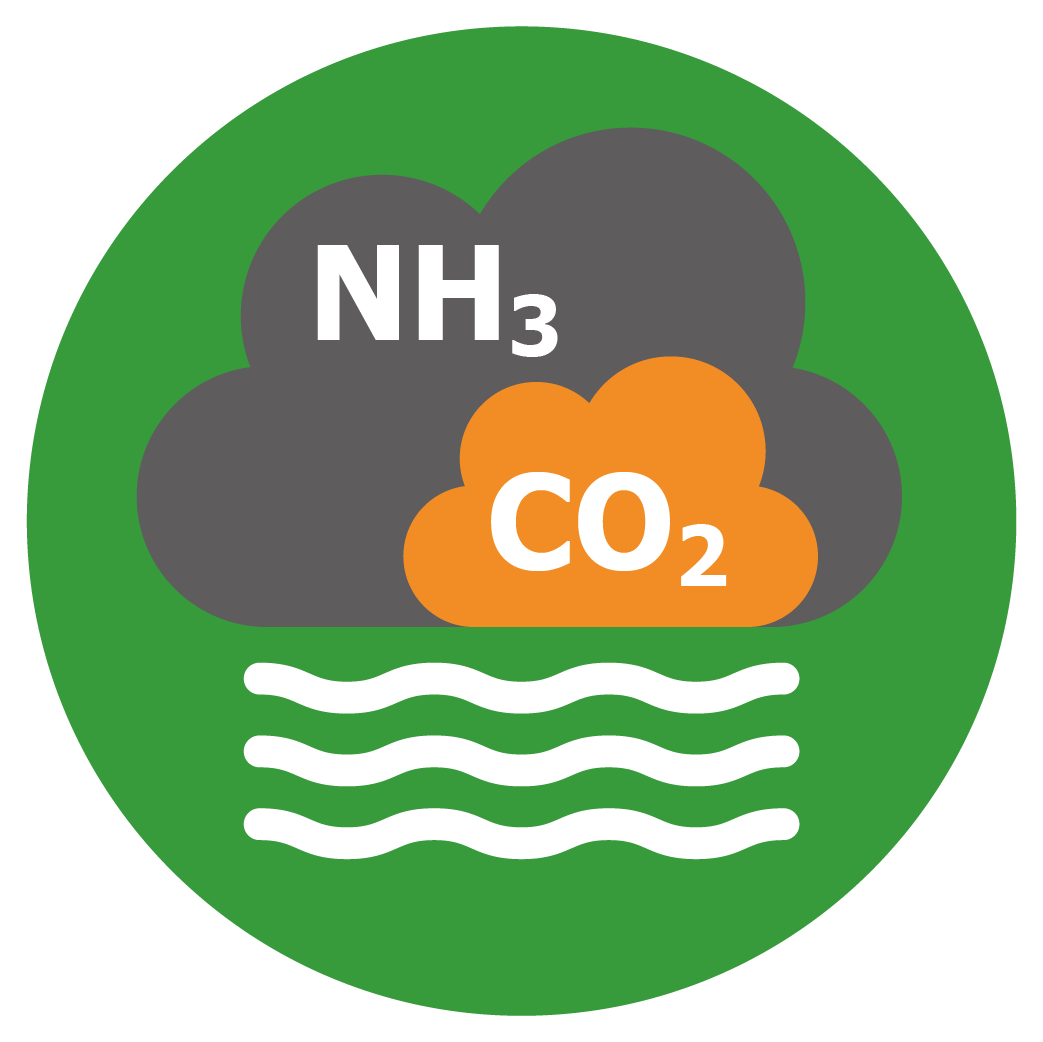
Greenhouse
CO2 & NH3
(monitor and manage emissions to comply with welfare and environmental legislation)
We also used scientific trials to establish the best configurations for our environmental sensors to ensure optimal sensitivity and accuracy.
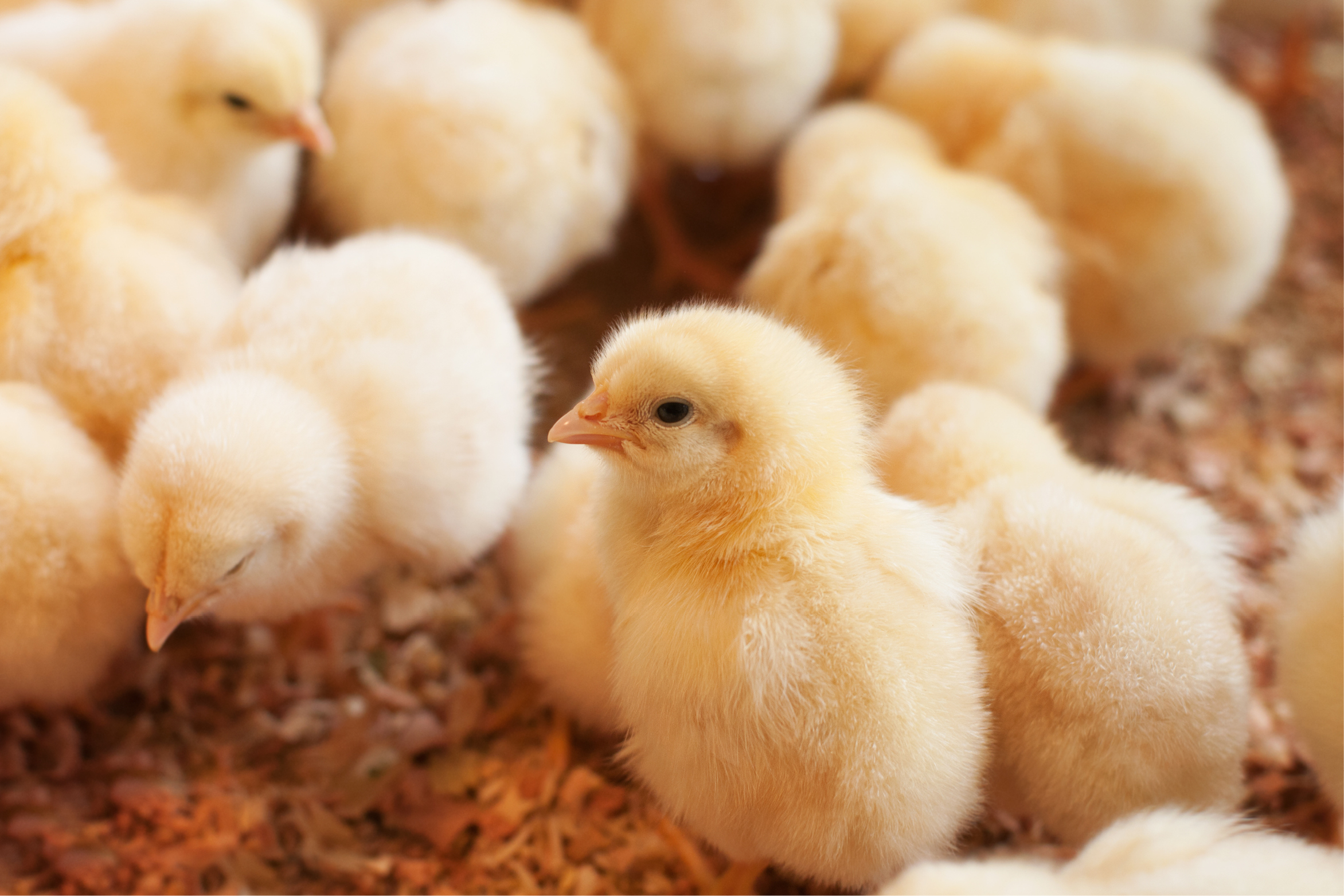
The ability to consistently monitor in real time livestock and their environment has been shown to aid the early detection of potential welfare and behavioural issues.
Indeed, independent scientific research partly funded by Greengage has highlighted the benefits of being able to monitor the acoustics of newly placed chicks and their environment in real time. The ability to remotely pick up distress calling creates the potential to identify welfare issues such as inadequate access to feed and water or incorrect environmental conditions at an early stage.

Movement sensor
Our movement sensors use thermal imaging to illustrate animal distribution and movement throughout a shed while also highlighting any thermoregulatory problems.

Acoustic sensor
Uses spectral entropy to identify distress calling which can then be used to identify welfare issues.

Ambient sensor
Temperature and light are key environmental parameters for animal growth and development. Undesirable conditions are known to reduce animal welfare and performance.

Greenhouse sensor
Poor air quality can lead to increased microbial growth, reduced feed intake and poorer feed conversion.